爱可可AI论文推介(10月17日)
LG - 机器学习 CV - 计算机视觉 CL - 计算与语言
1、[CV]*NeRF++: Analyzing and Improving Neural Radiance Fields
K Zhang, G Riegler, N Snavely, V Koltun
[Cornell Tech & Intel Labs]
神经辐射场分析与改进(NeRF++) , 讨论了辐射场的潜在歧义 , 即形状-亮度歧义 , 分析了NeRF在避免这种歧义方面取得的成功;解决了将NeRF用于大规模、无边界3D场景360度捕获对象时涉及的参数化问题 , 在这个具有挑战性的场景中提高了视图合成的保真度 。
Neural Radiance Fields (NeRF) achieve impressive view synthesis results for a variety of capture settings, including 360 capture of bounded scenes and forward-facing capture of bounded and unbounded scenes. NeRF fits multi-layer perceptrons (MLPs) representing view-invariant opacity and view-dependent color volumes to a set of training images, and samples novel views based on volume rendering techniques. In this technical report, we first remark on radiance fields and their potential ambiguities, namely the shape-radiance ambiguity, and analyze NeRF's success in avoiding such ambiguities. Second, we address a parametrization issue involved in applying NeRF to 360 captures of objects within large-scale, unbounded 3D scenes. Our method improves view synthesis fidelity in this challenging scenario. Code is available at this https URL.
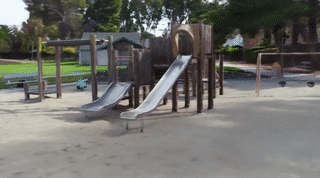 文章插图
文章插图
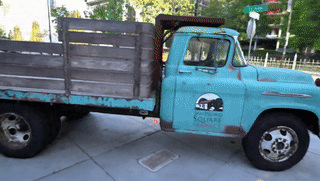 文章插图
文章插图
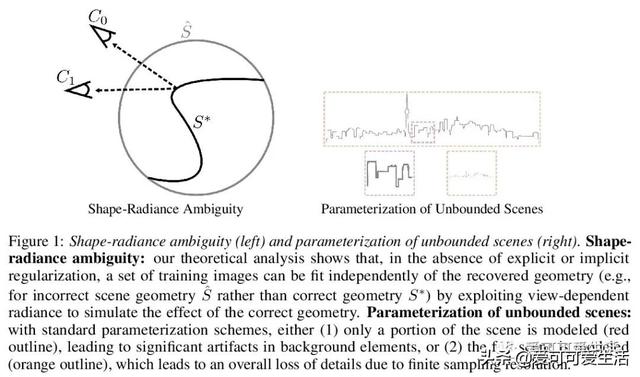 文章插图
文章插图
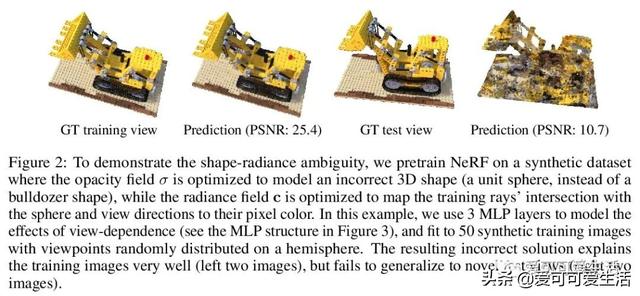 文章插图
文章插图
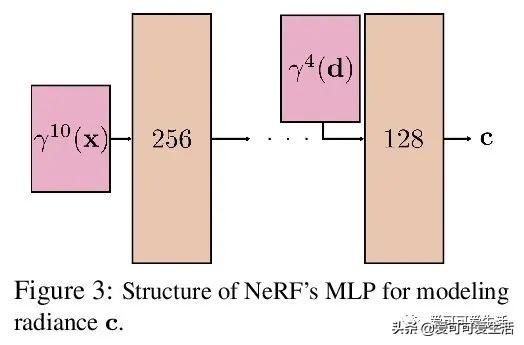 文章插图
文章插图
2、[CL]*Vokenization: Improving Language Understanding with Contextualized, Visual-Grounded Supervision
H Tan, M Bansal
[UNC Chapel Hill]
视觉监督语言模型vokenization , 通过上下文化映射语言词条到相关图像(称为“vokens”) , 将多模态对齐外推到仅包含语言的数据 。 在相对较小的图像描述数据集上训练“vokenizer” , 再用它生成大语言语料库的vokens 。 在这些生成的vokens的监督下 , 在多语言任务上比单纯自监督语言模型有显著改进 。
Humans learn language by listening, speaking, writing, reading, and also, via interaction with the multimodal real world. Existing language pre-training frameworks show the effectiveness of text-only self-supervision while we explore the idea of a visually-supervised language model in this paper. We find that the main reason hindering this exploration is the large divergence in magnitude and distributions between the visually-grounded language datasets and pure-language corpora. Therefore, we develop a technique named "vokenization" that extrapolates multimodal alignments to language-only data by contextually mapping language tokens to their related images (which we call "vokens"). The "vokenizer" is trained on relatively small image captioning datasets and we then apply it to generate vokens for large language corpora. Trained with these contextually generated vokens, our visually-supervised language models show consistent improvements over self-supervised alternatives on multiple pure-language tasks such as GLUE, SQuAD, and SWAG. Code and pre-trained models publicly available at this https URL
推荐阅读
- 谷歌:想发AI论文?请保证写的是正能量
- 谷歌对内部论文进行“敏感问题”审查!讲坏话的不许发
- 2019年度中国高质量国际科技论文数排名世界第二
- 谷歌通过启动敏感话题审查来加强对旗下科学家论文的控制
- Arxiv网络科学论文摘要11篇(2020-10-12)
- 聚焦城市治理新方向,5G+智慧城市推介会在长举行
- 中国移动5G新型智慧城市全国推介会在长沙举行
- 年年都考的数字鸿沟有了新进展?彭波老师的论文给出了解答!
- 打开深度学习黑箱,牛津大学博士小姐姐分享134页毕业论文
- 爱可可AI论文推介(10月9日)






![[输女的游戏世界]比驱散式神强悍,阴阳师:鬼王酒吞童子的解除效果克制硬控](https://imgcdn.toutiaoyule.com/20200430/20200430063105693008a_t.jpeg)







